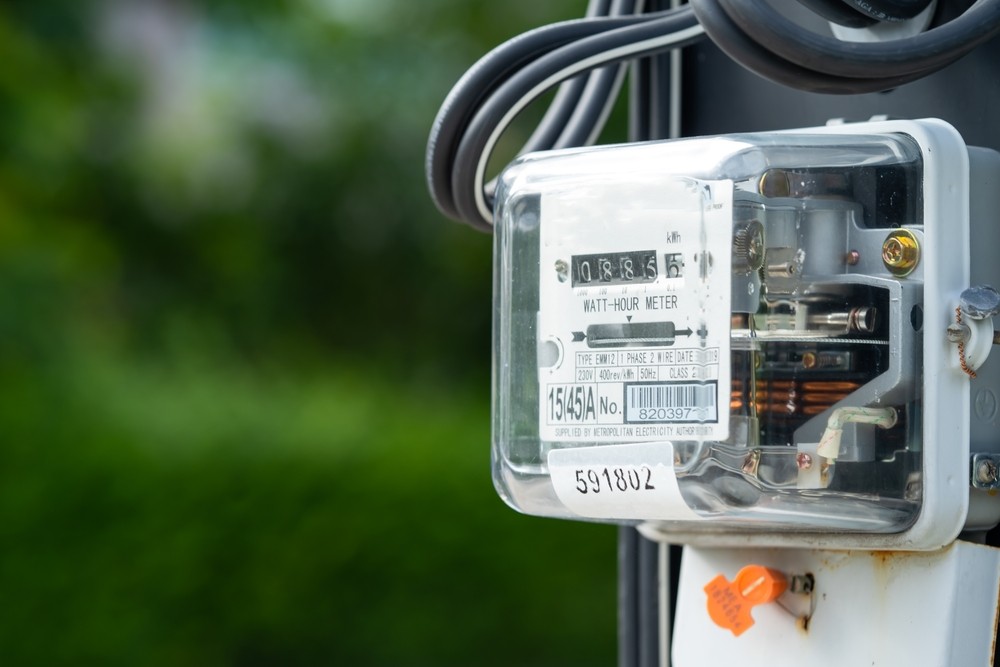Reducing utility bills is a priority for many families, but not everyone wants to or can make major lifestyle changes. You might think that saving money on energy and water bills requires installing solar panels or buying energy-efficient appliances. However, there are numerous less obvious strategies that can contribute to substantial savings without requiring drastic lifestyle shifts.
Smart Thermostat Settings
A smart thermostat can make a world of difference in your energy consumption patterns. Most people know that adjusting the thermostat can save money, but a smart thermostat takes this concept further by automating the process.
- Learning Capabilities: Some smart thermostats learn your preferences over time, automatically adjusting when you’re not home and maximizing energy efficiency.
- Remote Control: You can control these devices from your smartphone. Forget to turn down the heat before leaving? Not a problem.
- Data Insights: Many models provide data on your energy usage habits, giving you insights into how to further reduce consumption.
The initial investment may be more than a manual thermostat, but the savings often quickly outweigh this cost.
Utilize Ceiling Fans
Ceiling fans are not just for hot summer days. They can play a crucial role in your heating strategy as well. Switching fan direction depending on the season can optimize your room temperatures.
- Summer Mode: In summer, ceiling fans should rotate counterclockwise to push air down and create a cool breeze.
- Winter Mode: In winter, set your fan to rotate clockwise at a low speed. This will help distribute the warmer air that rises to the ceiling back down to the living area.
Correct use of ceiling fans can help you feel more comfortable with a slightly higher thermostat setting in winter or a slightly lower setting in summer, reducing your need for expensive heating or cooling.
Water Heater Adjustments
Water heaters often consume a considerable amount of household energy. Adjusting the temperature setting can lead to significant savings.
- Lowering Temperature: Reducing your water heater’s thermostat to 120°F (49°C) rather than the typical factory setting of 140°F (60°C) can save energy and prevent scalding while keeping the water comfortably hot for regular usage.
- Insulation: Installing an insulation jacket on an older water heater model can prevent heat loss and improve efficiency.
These small changes are inexpensive and won’t require a sacrifice in daily comfort.
Power Strips and Energy Vampires
Many household electronics continue to consume electricity even when turned off, a phenomenon known as “phantom load” or “vampire energy.”
- Smart Power Strips: Investing in a smart power strip automatically cuts off power to devices that are not in use, preventing phantom load.
- Manual Unplugging: For smaller setups, simply unplugging devices like chargers or game consoles when not in use can add up to significant savings over time.
While these actions might seem trivial, they can make a noticeable difference in your electricity bill.
Efficient Lighting Solutions
Switching from traditional incandescent light bulbs to more energy-efficient options can make a surprisingly large impact on electricity consumption.
- LED Bulbs: These use at least 75% less energy and last 25 times longer than incandescent bulbs.
- Smart Lighting: Lights that automatically turn off when you leave the room can further reduce unnecessary energy use.
While the upfront cost of LED or smart lighting solutions may be higher, the long-term savings and extended lifespan make them a wise investment.
Heating System Maintenance
Efficient heating systems perform better, require less energy, and cost less to operate.
- Regular Servicing: Schedule yearly maintenance for your boiler or furnace to ensure it is running efficiently.
- Filter Replacement: Frequently replacing furnace filters improves air quality and ensures the system doesn’t have to work harder than necessary.
These simple maintenance tasks can enhance performance, potentially lowering heating costs by up to 15%.
Natural Lighting and Thermal Insulation
Rethinking how you use natural resources such as sunlight can also lower utility costs.
- Natural Light Utilization: Open those drapes and shutters during the day to reduce reliance on artificial lighting and help warm rooms naturally.
- Proper Insulation: Adequate insulation can prevent heat from escaping in the winter and keep cool air inside during the summer, reducing the necessity for heating and cooling.
Incorporating natural light not only saves money but also adds a pleasant quality to your home.
Water Conservation Techniques
Water usage is another area with potential for saving money without significant lifestyle alterations.
- Low-Flow Fixtures: Replacing existing faucets and showerheads with low-flow options reduces water use without compromising on water pressure.
- Fix Leaks: Even small leaks can significantly increase water bills. Fixing them promptly is essential.
- Mindful Usage: Simple practices like turning off the tap while brushing teeth or shaving can lead to savings.
Window Treatments
Windows can be a significant source of heat loss, but specific treatments can mitigate this.
- Insulating Drapes: Heavy-duty draperies can block cold air from entering and minimize heat loss.
- Reflective Films: These can be applied to windows to reflect heat away from the house in summer and trap it in colder months.
These solutions are cost-effective and simple to implement yet provide a noticeable impact on energy savings.
Airflow Management
Ensuring proper airflow in your home can have an unexpected but significant impact on your utility bills.
- Sealed Ducts: Leaky ductwork can account for over 20% of energy loss. Sealing ducts ensures that heated or cooled air actually reaches the intended rooms.
- Open Doors Strategically: Keep vents open and make sure doors inside the home are open enough to allow free flow of air as this can help distribute conditioned air more effectively.
Practicing Wise Appliance Use
Certain habits regarding appliance use can enhance efficiency and reduce costs.
- Batch Washing: Combining laundry loads to utilize the washing machine and dryer to their full capacities saves on water and energy.
- Efficient Dishwashing: Running the dishwasher only when fully loaded optimizes water and energy use.
These small shifts do not demand significant lifestyle changes but contribute positively to reducing consumption.
Monitoring and Managing Consumption
Empowering yourself with information is a final subtle yet powerful way to influence utility spending.
- Energy Audits: Conduct a professional or DIY audit to understand which areas of your home consume the most energy.
- Budget Alerts: Many utility companies offer alerts when you’re nearing a consumption limit, allowing you to adjust behaviors accordingly.
Having the right data enables better decision-making for future efficiency efforts.
By incorporating these unexpected strategies into your routine, you can enjoy more manageable utility bills without fundamentally altering your way of life. Many of these changes involve minimal cost and effort but pave the way for sustainable savings over time.



